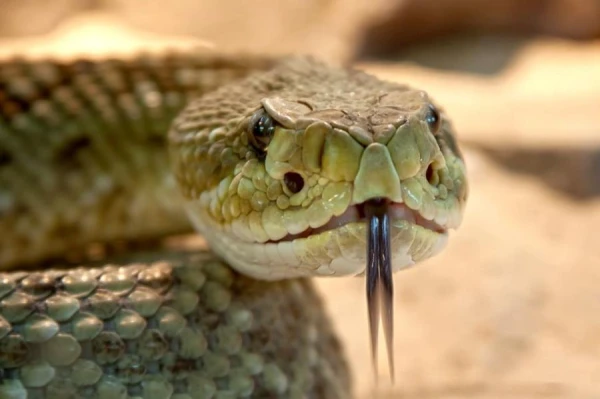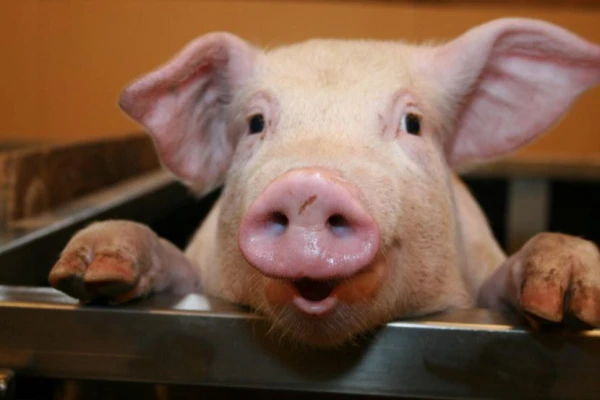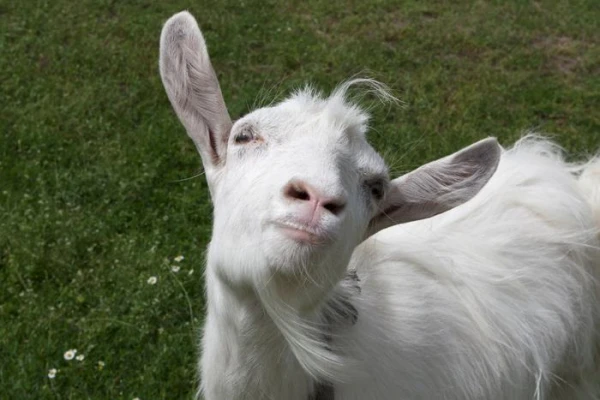
We often imagine reptiles, especially snakes, as solitary creatures that come together only for breeding or hibernation. However, young garter snakes, or garden snakes, from North and Central America can be seen in small groups.
Existing in groups — even if they are temporary — has its advantages: snakes are warmer, they are harder for predators to catch, and they can exchange information, such as about safer resting places.
Research conducted by scientists from Wilfrid Laurier University published in the journal Behavioral Ecology and Sociobiology shows that garter snakes prefer to stay closer to certain individuals and keep their distance from others. The experiment involved forty young snakes of the species Thamnophis sirtalis sirtalis, which were placed in groups of ten in terrariums. Each terrarium contained several hiding spots where the snakes could conceal themselves. The snakes were periodically removed for cleaning and then reintroduced to the terrariums, but with new neighbors.
It was found that snakes that gathered in groups of 3–8 individuals preferred certain neighbors and consistently sought out their previous companions. Moreover, when in a group, snakes began to behave as a single entity. For example, if one snake displayed boldness and spent a lot of time in the open, when in the company of others, it, like the rest, would hide in cover.















Leave a comment